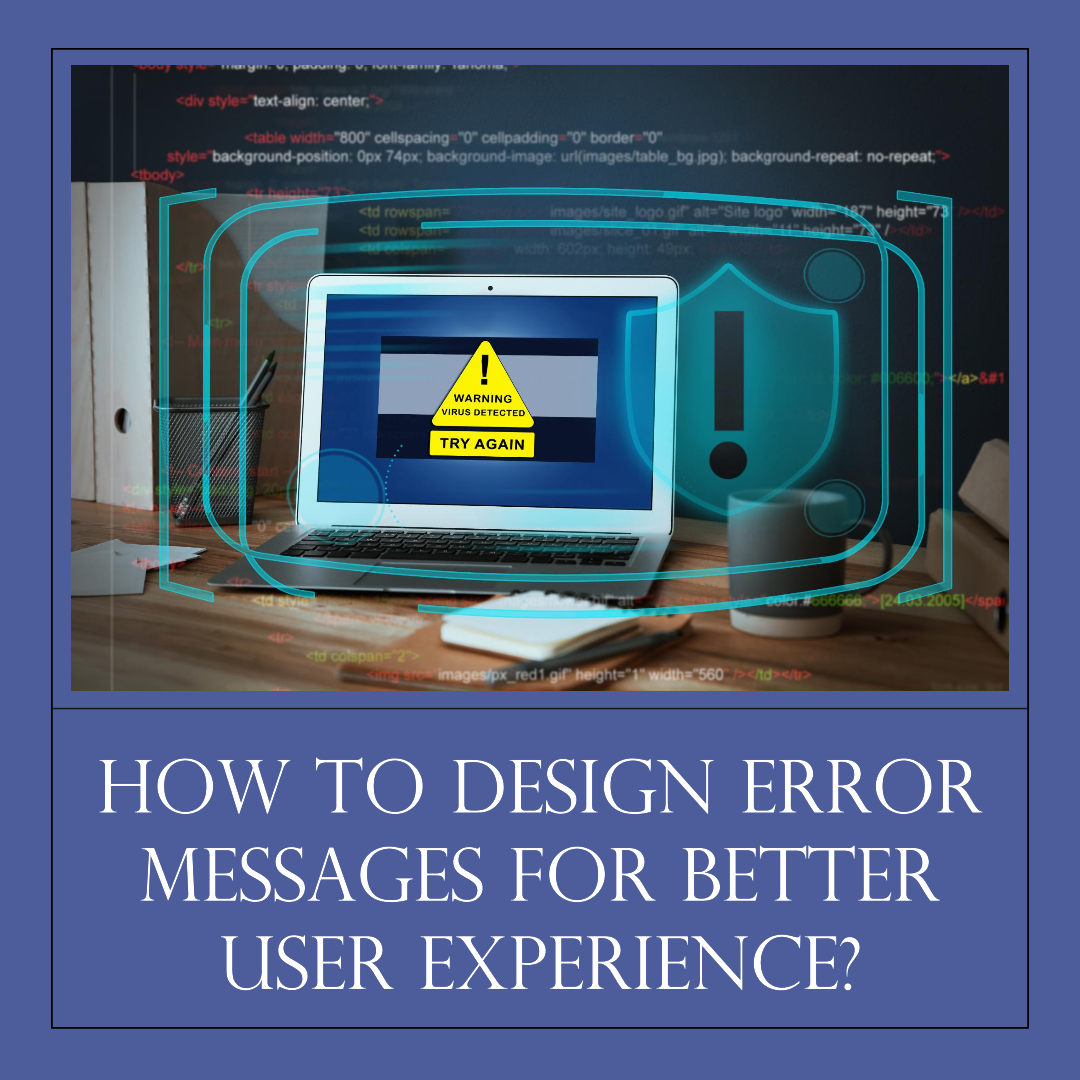What are the latest UI design trends in 2023?
User interface (UI) design is the process of creating the visual and interactive elements of a website or app. It encompasses everything from the layout and typography to the buttons and menus. UI designers work to create interfaces that are both visually appealing and easy to use.
UI design trends are constantly changing, as designers experiment with new technologies and ideas. Here are some of the latest UI design trends that you can expect to see in 2023:
1. Bold and playful typography
Typography is one of the most important elements of UI design. It can be used to set the tone of the interface, make information more readable, and even guide users through the navigation.
In 2023, we can expect to see more bold and playful typography in UI design. Designers are using large font sizes, contrasting colors, and unique typefaces to create interfaces that are both visually appealing and attention-grabbing.
2. Organic shapes and textures
Organic shapes and textures are another trend that we can expect to see more of in 2023. Designers are using these elements to create interfaces that are more natural and inviting.
Organic shapes can be used to add visual interest to interfaces and to create a sense of movement. Organic textures can be used to make interfaces feel more tactile and engaging.
3. Augmented reality (AR) and virtual reality (VR)
AR and VR are two technologies that are rapidly gaining popularity. In 2023, we can expect to see more UI designers using these technologies to create immersive and interactive experiences.
AR can be used to overlay digital information onto the real world. VR can be used to create completely virtual environments. Both of these technologies can be used to create UI designs that are more engaging and informative than traditional 2D interfaces.
4. Personalization
Personalization is another trend that is becoming increasingly important in UI design. Designers are using data and machine learning to create interfaces that are tailored to the individual needs and preferences of each user.
Personalized UI designs can be more engaging and informative than generic designs. They can also help to improve the user experience by making it easier for users to find the information and features they need.
5. Accessibility
Accessibility is another important trend in UI design. Designers are working to create interfaces that can be used by people of all abilities.
Accessible UI designs use clear and concise language, high-contrast colors, and large font sizes. They also avoid using complex interactions or animations.
Other trends
Here are some other UI design trends that we can expect to see in 2023:
- Dark mode: Dark mode is a UI design trend that uses dark colors for the background and light colors for the text and other elements. Dark mode is often easier on the eyes, especially in low-light environments.
- Microinteractions: Microinteractions are small animations and interactions that are used to provide feedback to users and to make interfaces more engaging. For example, a microinteraction might cause a button to bounce when it is tapped.
- Motion graphics: Motion graphics are used to add visual interest and movement to interfaces. Motion graphics can be used to create animations, transitions, and other effects.
- Data visualization: Data visualization is the process of transforming data into visual representations. Data visualization can be used to make data more understandable and engaging.
Conclusion
These are just a few of the latest UI design trends that we can expect to see in 2023. As technology continues to evolve, we can expect to see even more innovative and exciting UI designs in the years to come.
How to apply these trends to your own UI designs
If you’re a UI designer, there are a few things you can do to apply the latest trends to your own designs:
- Keep up with the latest trends: There are a number of resources available to help you keep up with the latest UI design trends. You can read design blogs, follow designers on social media, and attend design conferences.
- Experiment with new ideas: Once you’re familiar with the latest trends, don’t be afraid to experiment with new ideas. Try using new technologies, such as AR and VR, or experimenting with new design elements, such as bold typography and organic shapes.
- Test your designs with users: Once you have a prototype of your design, be sure to test it with users to get their feedback. This will help you to identify any areas of confusion or difficulty.








